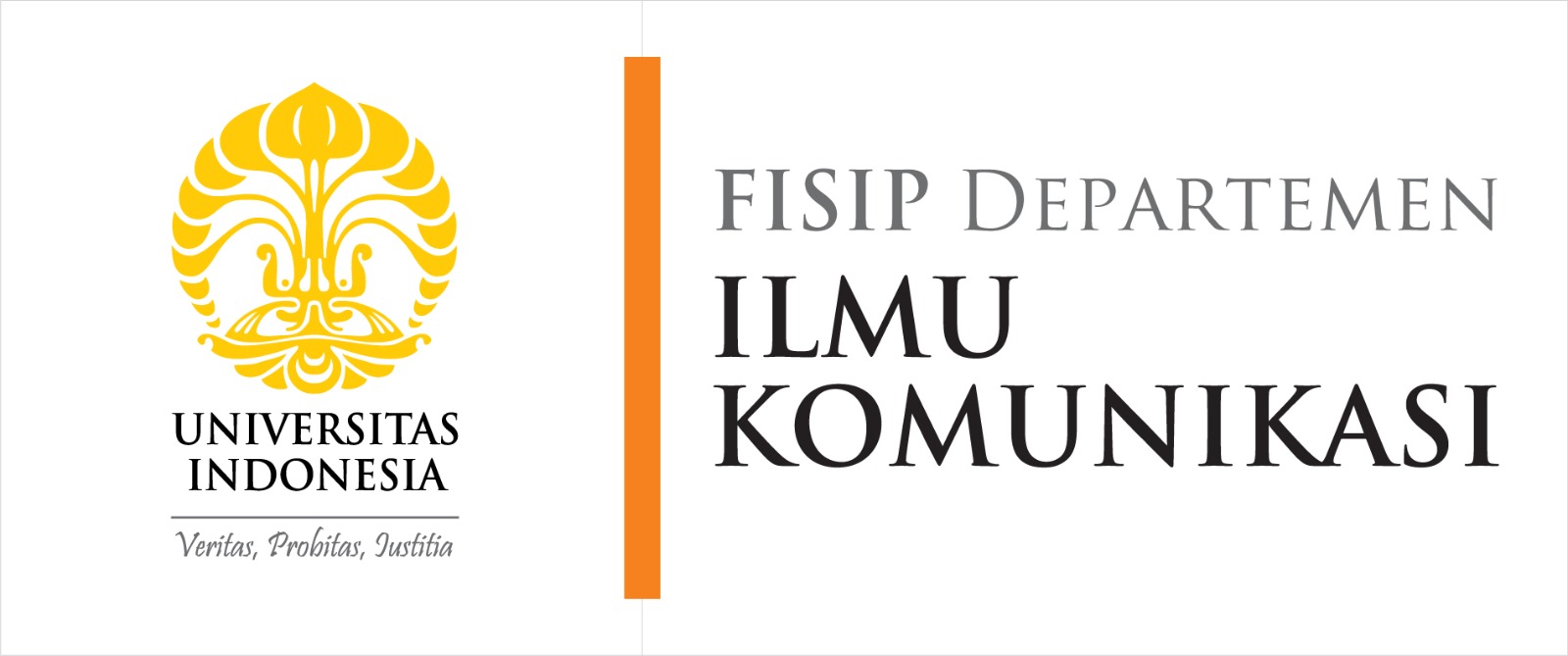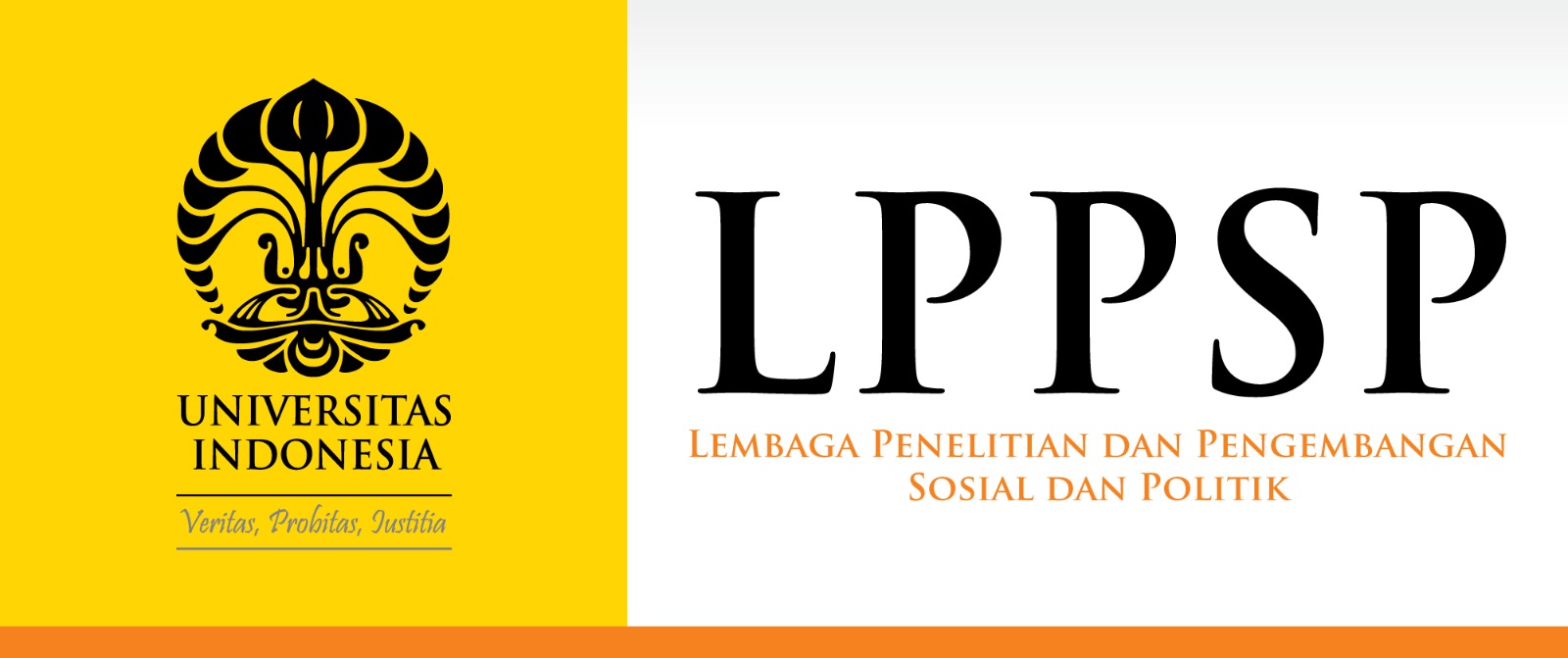JURNAL KOMUNIKASI INDONESIA
Abstract
Fake news is increasingly present on the internet and on social media, and youths, who mainly follow the news on these platforms, are at risk of being misinformed and deceived. This study aims to serve as an important knowledge base about adolescents’ definitions of, experiences with, and opinions about fake news on the internet. A qualitative content analysis of open-ended survey responses regarding experiences with fake news online among 214 Flemish youths (aged 15 to 19) provides insight into the sources of fake news, the topics covered in fake news, and the characteristics of fake news according to these youths. This study contributes to the field by giving insight into adolescents’ experiences with fake news and serves as an important base for further research into youths and fake news on the internet.
References
Allcott, H., & Gentzkow, M. (2017). Social media and fake news in the 2016 election. Journal of Economic Perspectives, 31(2), 211–236.
Anderson, J., & Rainie, L. (2017). The future of truth and misinformation online. Washington DC: Pew Research Center.
Apestaartjaren. (2018). Jongeren en nieuws: enkele cijfers uit Apesta artjaren 2018. [Youths and news: outcomes from Apestaartjaren 2018]. Brussels: Mediawijs.
Belgische Expertengroep inzake fake news en disinformatie. (2018). Verslag van de Belgische Expertengroep inzake fake news en desinformatie [Report of the Belgian Expert Group on fake news and disinformation]. Retrieved from https://www.decroo.belgium.be/nl/expertengroep-formuleert-aanbevelingen-voor-aanpak-fake-news
Costera Meijer, I., & Groot Kormelink, T. (2015). Checking, sharing, clicking and linking: Changing patterns of news use between 2004 and 2014. Digital Journalism, 3(5), 664–679.
Craft, S., Ashley, S., & Maksl, A. (2016). Elements of news literacy: A focus group study of how teenagers define news and why they consume it. Electronic News, 10(3), 143–160.
Deprez, A., Janssens, C., & Vermeulen, L. (2018). Fake nieuws en Facebook. Nieuwswijsheid van Vlaamse jongeren tussen 15 en 24 jaar onderzocht [Fake news and Facebook: A study of
news literacy in Flemish youths between 15 to 24 years old]. Retrieved from https://www.arteveldehogeschool.be/projecten/het-echt-waar-nieuwswijsheid-en-factchecken-als-katalysa tor-voor-kritisch-burgerschap
Edelman. (2019). 2019 Edelman Trust Barometer. Retrieved from https://www.edelman.com/trust-barometer
Edgerly, S., Vraga, E. K., Bode, L., Thorson, K., & Thorson, E. (2018). New media, new relationship to participation? A closer look at youth news repertoires and political participation. Journalism & Mass Communication Quarterly, 95(1), 192–212.
European Commission. (2016). Media pluralism and democracy. Brus sels: European Commission.
European Commission. (2018). Fake news and disinformation online. Brussels: European Commission.
Fletcher, R., & Nielsen, R. K. (2018). Are people incidentally exposed to news on social media ? A comparative analysis. New Media & Society, 20(7), 2450–2468.
Gallup & Knight Foundation. (2018). American views: Trust, media, and democracy.
Gerbner, G., Gross, L., Morgan, M., & Signorielli, N. (1986). Living with television: The dynamics of the cultivation process. In J. Bryant
& D. Zillman (Eds.), Perspectives on Media Effects (pp. 17–40). Hillsdale: Erlbaum.
Gray, R. (2017). Lies, propaganda, and fake news: A challenge for our age. Retrieved December 12, 2019, from https://www.bbc.com/future/article/20170301-lies-propaganda-and-fake-news-agrand-challenge-of-our-age
Head, A. J., Wihbey, J., Metaxas, P. T., MacMillan, M., & Cohen, D. (2018). How students engage with news. Retrieved from https://www.projectinfolit.org/uploads/2/7/5/4/27541717/newsreport.pdf
High Level Group on Fake News and Disinformation. (2018). A multi-dimensional approach to disinformation. Report of the independent high level Group on fake news and online disinformation. https://doi.org/10.2759/739290
Imec. (2019). Imec Digimeter 2018. Digitale mediatrends in Vlaanderen [Digital media trends in Flanders]. Gent: Imec.
Lazer, D. M. J., Baum, M. A., Benkler, Y., Berinsky, A. J., Greenhill, K. M., Menczer, F., … Zittrain, J. L. (2018). The science of fake news. Science, 359(6380), 1094–1096.
Madden, M., Lenhart, A., & Fontaine, C. (2017). How youth navigate the news landscape. Miami: Knight Foundation.
Marchi, R. (2012). With Facebook, blogs, and fake news, teens reject journalistic “objectivity.” Journal of Communication Inquiry, 36(3), 246–262.
McDougall, J., Zezulkova, M., van Driel, B., & Sternadel, D. (2018). Teaching media literacy in Europe: Evidence of effective school practices in primary and secondary education. Luxembourg: European Commission.
Media Intelligence Service. (2019). Market insights: Trust in media 2019. Geneva: European Broadcasting Union.
Meijer, I. C. (2007). The paradox of popularity: How young people experience the news. Journalism Studies, 8(1), 96–116.
Metzger, M. J. (2007). Making sense of credibility on the Web: Models for evaluating online information and recommendations for future research. Journal of the American Society for Information Science and Technology, 58(13), 2078–2091.
Metzger, M. J., & Flanagin, A. J. (2008). Digital media, youth, and credibility. The John D. and Catherine T. MacArthur Foundation Series on digital media and learning (Vol. 114). Cambridge, MA: The MIT Press.
Metzger, M. J., Pure, R., Flanagin, A. J., Markov, A., Medders, R., & Hart sell, E. (2013). The special case of youth and digital information credibility. In M. Folk & S. Apostel (Eds.), Online Credibility and Digital Ethos: Evaluating Computer-Mediated Communication (pp.148–168). Hershey, PA: Information Science Reference.
Newman, N., Fletcher, R., Kalogeropoulos, A., & Nielsen, R. K. (2019). Reuters Institute Digital News Report 2019. Retrieved from http://www.digitalnewsreport.org/survey/2019/overview-key-findings-2019/
Rapp, D. N., & Salovich, N. A. (2018). Can’t we just disregard fake news? The consequences of exposure to inaccurate information.
Policy Insights from the Behavioral and Brain Sciences, 5(2), 232–239.
Shearer, B. Y. E., & Matsa, K. E. (2018). News use across social media platforms 2018. Washington DC: Pew Research Center.
Shehata, A. (2016). News habits among adolescents: The influence of family communication on adolescents’ news media use—Evidence from a three-wave panel study. Mass Communication and Society, 19(6), 758–781.
Slater, M. D. (2007). Reinforcing spirals: The mutual influence of media selectivity and media effects and their impact on individual behavior and social identity. Communication Theory, 17(3), 281–303.
Stroud, N. J. (2008). Media use and political predispositions: Revisiting the concept of selective exposure. Political Behavior, 30(3), 341–366.
Tandoc, E. C., Ling, R., Westlund, O., Duffy, A., Goh, D., & Zheng Wei, L. (2018). Audiences’ acts of authentication in the age of fake news: A conceptual framework. New Media and Society, 20(8), 2745–2763.
Winter, S., Metzger, M. J., & Flanagin, A. J. (2016). Selective use of news cues: A multiple-motive perspective on information selection in social media environments. Journal of Communication, 66(4), 669–693.
Vasoughi, S., Roy, D., & Aral, S. (2018). The spread of true and false news online. Science, 359(6380), 1146-1151.
Wohn, D. Y., & Bowe, B. J. (2016). Micro agenda setters: The effect of social media on young adults’ exposure to and attitude toward news. Social Media + Society, 2(1), 1-12
Recommended Citation
Vissenberg, Joyce and d’Haenens, Leen
(2020)
"“I sometimes have doubts about the news on Facebook”: Adolescents’ encounters with fake news on the internet,"
JURNAL KOMUNIKASI INDONESIA: Vol. 9:
No.
2, Article 2.
DOI: 10.7454/jki.v9i2.12764
Available at:
https://scholarhub.ui.ac.id/jkmi/vol9/iss2/2
Included in
Gender, Race, Sexuality, and Ethnicity in Communication Commons, International and Intercultural Communication Commons, Social Influence and Political Communication Commons




